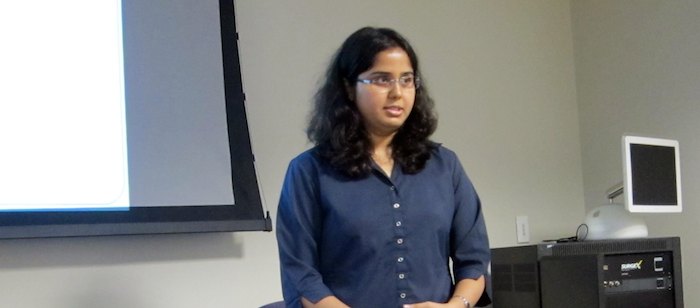
MS Thesis Defense
Face Recognition using Gabor Jets for Images of Mass Disaster Victims
Kavita Dabke
11:00am Friday, 10 June 2011, ITE 325B
Mass disasters such as earthquakes, tsunamis, floods, landslides, blizzards and other natural calamities affect a large number of people in a short time duration. After such emergencies occur, people affected need medical aid and are admitted into hospitals. In such conditions, it becomes difficult to locate one's family members and friends. Hospitals and medical centers take triage pictures of people getting admitted for their records. The content of these images could be very disturbing for some people to see. Such pictures cannot be posted on notification walls or internet websites for people to identify their missing family members or friends. This thesis addresses this problem by developing methods for searching triage image databases using query images provided by friends or family of missing people. The dataset for this thesis consists of mug shot images of people affected by calamity. These are also called the triage images. The test dataset consist of clean or regular mug shot images of people.
To automate the process of locating missing people, our thesis has a goal of developing a face recognition system based on Gabor Jets to match a clean image to the existing triage images. Here, a clean image means a mug shot image of a person where all features such as eyebrows, eyes, nose, lips, skin, ears, etc. are seen. The system aims at pulling up the exact match from the triage dataset into the top N matches filtered out based on a similarity measure. Face recognition has been studied for clean images, where all features are visible. We have developed a system to work on the domain of triage images by experimenting with existing Gabor Jets-based similarity measures and modifying the algorithm to best fit our needs.